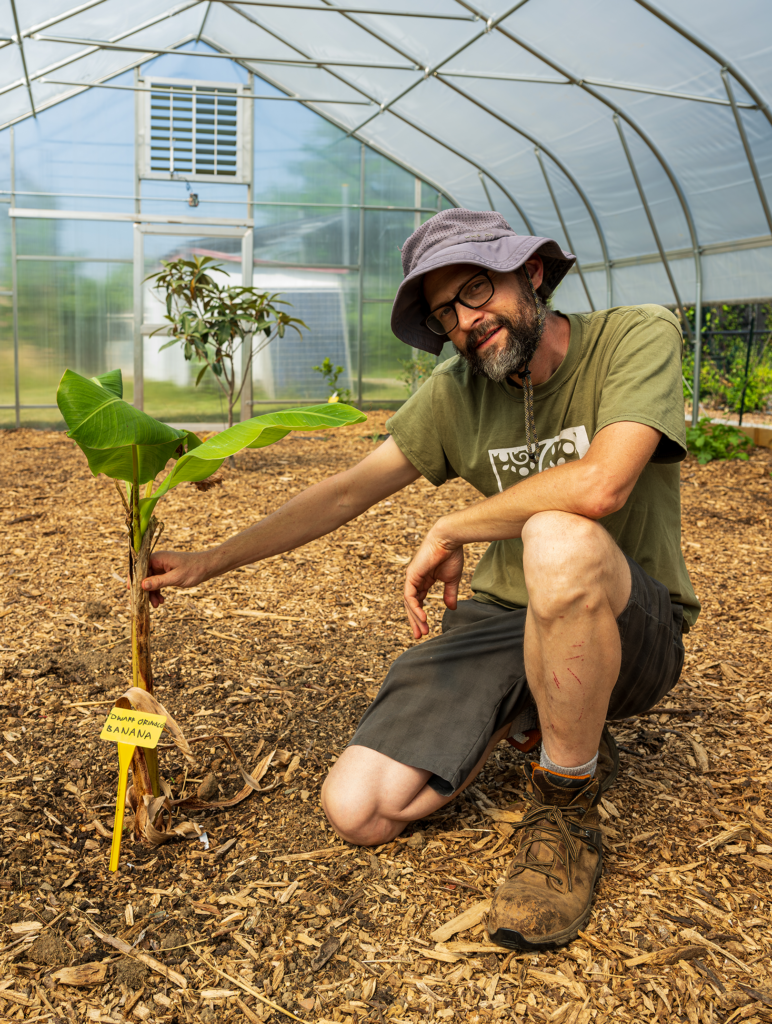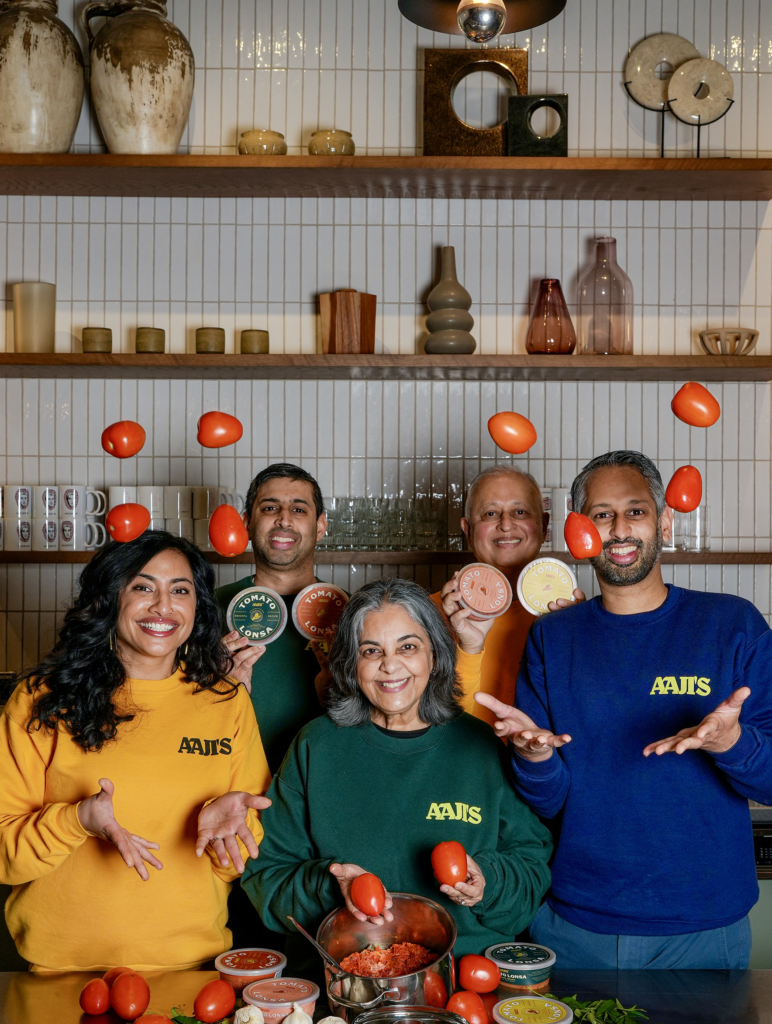Illustration by Kathleen White
Leftovers
by Justin Klugh
On a cold night in Philadelphia, Jane grabs her box cutter and flashlight, a fistful of plastic bags and a container of baby wipes. “I take a step ladder for if I fall and can’t get out once I get in,” she says. “I usually don’t ever go by myself—that’s really important.”
After that, it’s just a matter of waiting for the stores to close. Then it’s time to go shopping.
Jane (not her real name) is a young dumpster diving transplant who has lived in Philadelphia for less than a year. She appears to be in her 20s, but wouldn’t say more about where she lives or how she gets by, other than that she retrieves about half of her weekly foodstuffs from dumpsters. She’s frustrated by the volume of food waste that plagues the United States. A September 2015 USDA report put it at 133 billion pounds per year—or 31 percent of the overall consumer food supply.
“We’re used to food being this picture-perfect thing. In other countries it’s definitely not like that,” she explains.
Dumpster diving is legal in the United States except where prohibited by local regulation. If there is nothing to deter a diver—a lock, a sign, etc.—then dive in. Jane shows concern for those who dumpster dive not as a choice, but out of necessity.
“I come from a middle class background—I didn’t grow up in poverty,” she says. “If [other divers] are needing it more than I am, I don’t want to get into their territory. If you’re poor and you need to survive, you do what it takes. It’s not something that’s exciting or fun.”
In Jane’s hometown, she was getting all of her food from dumpsters from two regular hunting grounds. At the moment, she is using her experience to scan Philadelphia for top spots.
“If you go to the supermarket, you might find any kind of stuff—produce, bread, doughnuts. It also depends on what is getting thrown out that day. The majority of what I keep is produce,” she says, though there is no guaranteed bounty on any given night.
As a former grocery store employee, she has seen businesses refuse to let employees take home expiring groceries, while also being scared of donating edible food for fear of being made liable for it.
“Say we get… five new gallons of milk and there’s one gallon left on the shelf,” she explains. “We’re gonna throw out that one gallon. It results in a lot of waste.”
Locked dumpsters and bleach-covered pizzas are some of the countermeasures she’s seen taken to repel divers from a food source. While she looks for anything useful, those in the most dire situations are just looking for produce, crackers and dry goods—things they can eat without preparation.
“Ninety percent of the time, people don’t want to leave a mess,” Jane explains. “They don’t want anyone to know that they did it and they don’t want to ruin their chances of coming back. But it’s great if workers are aware they’re going to be throwing out food and leave it where it can be accessed.”
She encourages businesses to donate to grassroots organizations, nonprofits, and food pantries—France just became the first country to declare it illegal for supermarkets to throw out edible food; donations are now required. More than anything, Jane pleads, “Look at that food. You’re throwing it out, and someone could be eating it.”











This article does not even begin to scratch the surface of how food is wasted in the USA. A huge percent of edible food is thrown away before even making it to your local grocery store!
The Good Samaritan Act of 1996 protects entities who donate food from being liable for any problems that could occur as a result of people eating the food. Many businesses do not know that this protection exists and refuse to donate food because they are afraid to be sued. Check out this information and please consider donating excess food rather than throwing it away. Donate to a grassroots organization! Or, you are donating to a food pantry, try to find a pantry that is easily accessed by all. Many pantries bar access to food for those who need it the most, with barriers such as requiring a referral letter or presenting a picture ID.
https://en.wikipedia.org/wiki/Bill_Emerson_Good_Samaritan_Act_of_1996